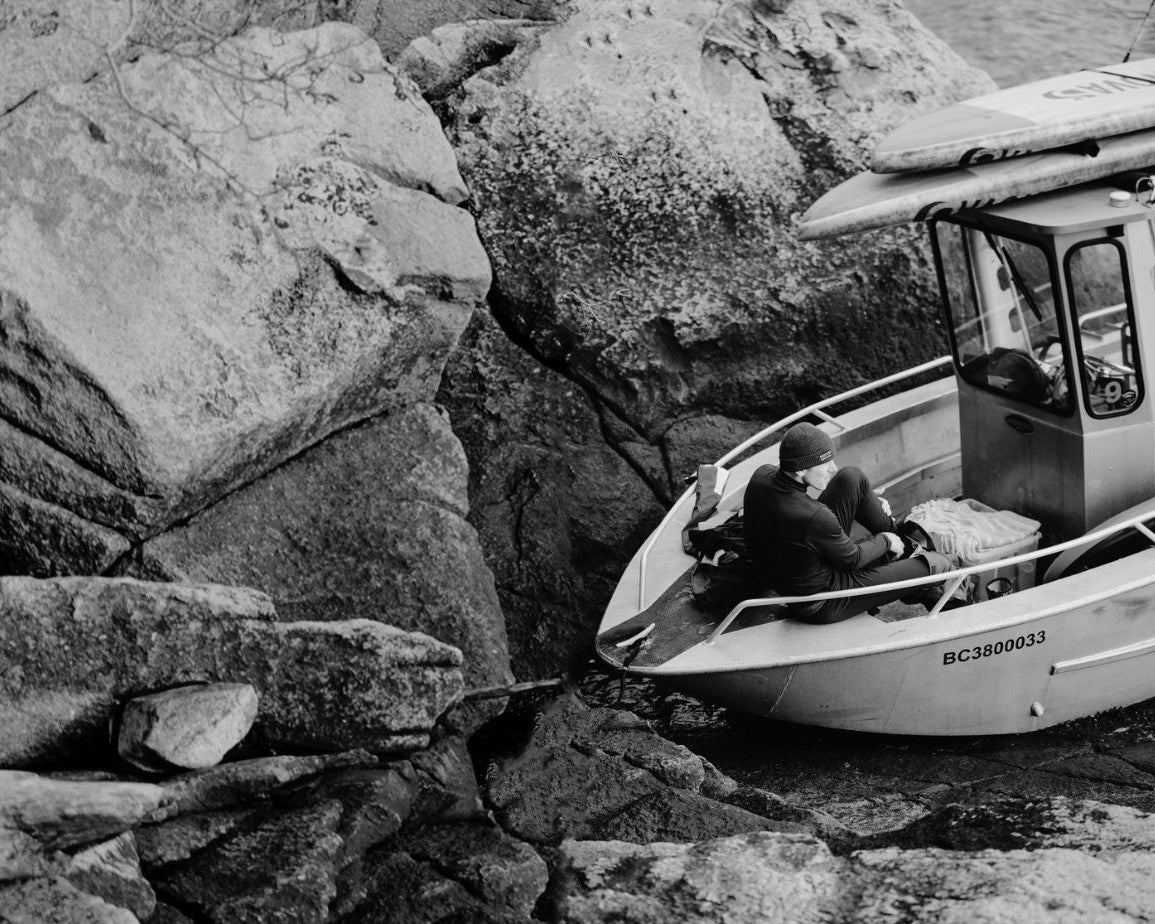
How to Layer for Marine Activities
We want everyone to be safe on the water, and—in addition to appropriate flotation— that means having proper thermal regulation and element protection. Choosing the right layers for your environment and activity will ensure you have a great experience and come home safely.
5 Things to Consider When Layering
Activity
Knowing if you will be in the water or on the water helps you select the correct level of warmth and outerwear protection.
Temperature
In warmer locations, you may choose fewer layers. But, in colder places, even if you're not expecting to be in the water, it’s a good idea to wear additional thermal protection in case of accidental submersion.
Environment
In inshore environments, the waters are calmer, the temperature is warmer, and conditions don't change as quickly. Coastal and offshore conditions can change rapidly requiring more protection. Additionally, it may take longer to be rescued in these environments, when choosing your layers, consider the length of time you may be in cold water before help arrives.
Level of Exertion
More sedentary marine adventures (i.e. travelling in a powerboat) will require more layers for warmth than high output ones (i.e. paddling) in the same weather and temperature. Additionally, if your activity requires a high level of exertion, you want breathable layers that work together to manage your perspiration to increase your comfort.
Length of Time
Considering the time you'll be on or in the water is key to choosing proper layers. In general, the longer you are out, the more thermal protection you need.
Building Your Layering System
Compatibility
Compatibility is an important consideration when building your layering system. There are specific features you want to interface properly with each other—often, this means selecting one brand for all your pieces. Simple things like offsetting pockets on individual layers so they don't create bulk in one spot and more complex (and necessary) ones, like ensuring the relief zippers and flaps line up between your base layer and outerwear, can make all the difference in how much your enjoy your marine adventure.
Material
More than in any other environment, having clothing designed specifically for marine use is essential for safety; this means using synthetic fabrics. Popular layering materials like wool cannot withstand continuous saltwater submersion, and down, used for insulation in many activities, provides no thermal benefit once wet. Synthetic fabrics, like Polartec® Alpha®, provide more consistent warmth and greater breathability, are lightweight and dry faster, which is especially helpful on multi-day excursions.
Fit
The design of your clothing should accommodate layering, meaning if you wear a medium in your outerwear and are planning to wear a base and mid-layer under it, you shouldn’t need to buy a larger size. Mustang Survival’s designers account for additional layers you typically wear under a waterproof shell, and the fit ensures you will have an excellent range of motion, when dressed for cooler days.
Selecting Your Layers

Base Layer (Next to Skin)
The base layer's primary function is to wick moisture off the skin to prevent you from feeling cold. Synthetic fabrics like body-mapped gridded fleece wick more quickly, trap heat and breathe better than traditional next-to-skin fabrics. This layer also provides a comfortable barrier between you and your outerwear (jacket, pants, dry suits, etc.) or mid-layer, depending on your thermal needs.
Tip: When layering with a dry suit, you will want to look for a base layer with wrist and necklines that won't interfere with your seals and a design that will interface with the suit's relief system.

Mid Layer (Insulating Layer)
Adding a mid-layer is ideal for colder environments; it retains body heat and keeps you warm. Polartec® Alpha® insulation continuously releases excess body heat, making it an excellent mid-layer insulation for both high aerobic output activities and idle times. Its open-knit structure also holds warmth even when wet—an essential feature on the water.
Tip: Choosing a mid-layer coated with water-resistant DWR allows it to double as an outer layer in milder climates.

Outer Layer
(Prevents Water from Getting In / Shields You From the Elements)
A protective outer layer is critical in cold and stormy weather and during activities when you will be or are likely to be submerged. Out of the water, dry suits, jackets, and bib pants prevent wind and rain from penetrating your inner layers and causing dangerous temperature drops. In the water, dry suits alone prevent the cold ocean water from getting in.
Fabrics like Mustang Survival’s Marine Spec BP and Marine Spec SP make excellent outer layer choices. Their water and windproof capabilities while remaining breathable are essential to keeping you comfortable during high-intensity activities.
Note: When selecting a dry suit, you will need to choose between latex seals which are more waterproof but have less ability to vent and Mustang Survival's patented CCS neoprene collar that allows a little more temperature management. Additionally, internal suspender systems will enable you to take the top half of your suit off in standby mode for transition times, like packing up camp before getting back on the water.

PFD Layer (Flotation)
When recreating and working in marine environments, your PFD layer is one of your most important considerations. It provides lifesaving buoyancy should you accidentally fall in.
In colder temperatures, PFDs that offer immediate buoyancy will help you safely overcome the shock of accidental submersion. These include foam, automatic inflatable, and hybrid models. More minimalist, manually inflatable designs can be appropriate in warmer, inshore environments.
Tip: Foam-only and hybrid models provide additional insulation for your core.
Effective layering will help you stay safe and have the most comfortable and successful adventures. No matter what your specific considerations are, Mustang Survival has layering options to fit your needs for life beyond land.